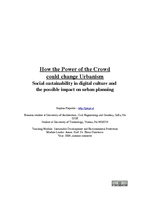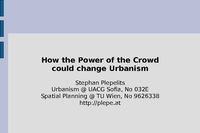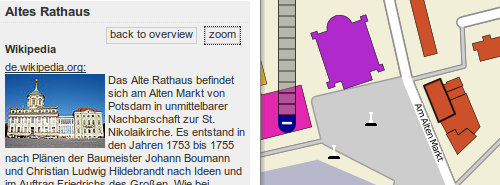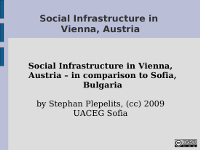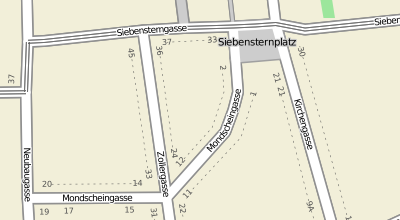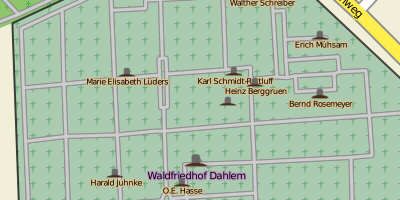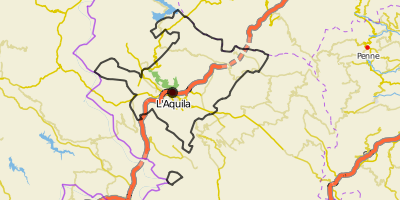So, now it’s the last week of Erasmus in Bulgaria. Tomorrow we will have a little fare-well party, then with some friends to the sea side for some days. I’m looking forward, it will be very nice for sure. I suppose this is the last post on my blog which I write from Bulgaria, at home the internet stopped working today (new month, I don’t think it’s worth to pay for it anymore, but a friend of me has her diploma presentation today, therefore I went to university and took the opportunity to make use of one of the open wireless networks around). Next week I will have one day in Sofia, on Wednesday I’m going (by way of Vienna to drop of some things) to the ‚State of the Map‘-conference (THE OpenStreetMap-conference) in Amsterdam. I’m sure I will be able to give you some „live“ impressions from there on my blog.
Now I want to raise some more thoughts about cycling. Even the Sofians start to build bicycle lanes everywhere, but they still have a lot to learn. In my opionion it’s not (only) the amount of bicycle lanes that matters, it’s the interconnection of those. A good example is the first image: You see that bicycle road parallel to the big road? It’s a good road, I used it many times (for walking and cycling). But if you want to go there or leave it, you have to cross the bridge to the left (which is brand new), where you find more or less the same situation (at least you can go to some underpass), or you do it like the cyclist, who bravely crosses the big road.
The second picture: Do they really want to make us cycle on that lane? Not that it’s curvy and narrow as hell, there are also many pedestrians. Beside the high possibility of accidents, the pedestrians will not be happy about the cyclists, although in fact, it’s the politians who make these stupid decisions (but they will be angry about the cyclists, like in Vienna). If I cycle, I want to cycle fast.
What shall I say about the third one? Actually I’m surprised how they managed to paint the bicycle lane, maybe they were waiting for each parking space until it was free.
In the last days I was watching some short movies about Copenhagen, it must be a wonderful city, especially for cyclists. I started to wonder … I know many cities, which are proud to have a high modal split (percentage of ways in a cities made by a special kind of transportation, like car, public transportation, walking, cycling, …) for cycling and walking. And those cities are glowing from their public spaces and cultural life. Do you know any cities which are proud to have a high percentage of car use? I don’t know any, because they usually are stuck with traffic. So municipalities, go out, build bicycle lanes and take the space from the roads, not the pedestrians. You can only win cultural life and happy inhabitants!
Oh, and please do something against bicycle robbery … my second bike got stolen last week, while I was having a small dinner and a short beer in a restaurant.
Brave cyclist suffering from municipality |
Curvy and narrow roads … only nice in the mountains. |
Bicycle lane or parking spaces? |
